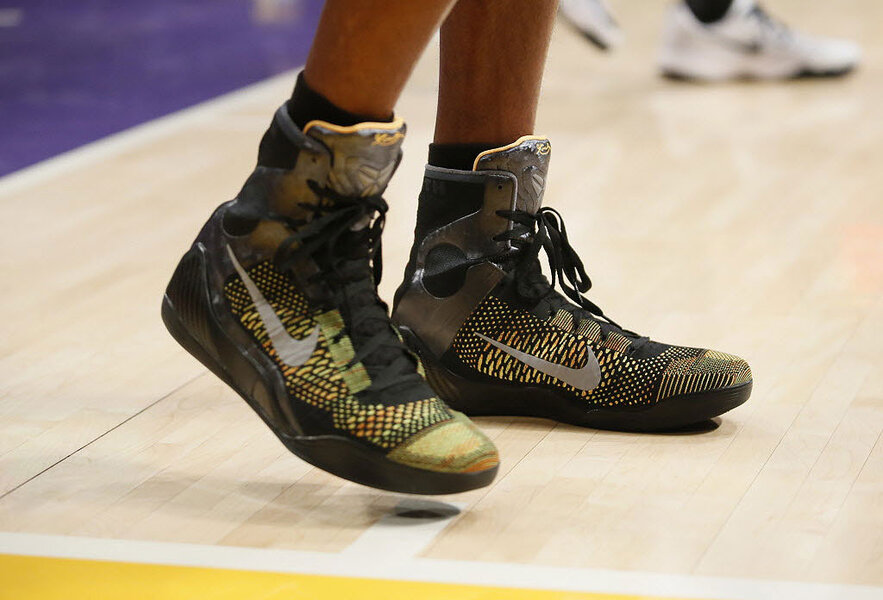Who did Nike honor this year for Black History Month?
Loading...
Nike introduced its 2015 Black History Month collection Wednesday, a yearly tradition for the company, which celebrates black culture and honors specific black athletes.
The collection includes 28 new items, including 12 shoes and 16 other apparel items for men and women across the Nike and Jordans brand. The products incorporate a black-and-white palette and three different patterns.
Black athletes have been central to the marketing of Nike products for decades. And the company has forked out top dollar to secure NBA stars to endorse their products. Nike brought in $300 million from sales of James' sneakers in 2012, according to Forbes.
“Sport is an incredible platform to inspire and encourage positive social change,” said Michael Jackson, Vice President and General Manager of Global Basketball, Nike Brand. “Our 2015 Black History Month Collection honors and celebrates the athletes and leaders who have influenced global culture and have paved the way for our next generation.”
The limited edition items will become available Jan. 17 through the end of February, and each of Nike’s limited edition signature sneakers – Kobe 9, LeBron 12, KD 7, Kyrie 1, and Jordan XX9 – will be worn on court when the NBA celebrates Martin Luther King, Jr. Day on Jan. 19. The current list price for most of these shoes are at least $200.
This year, there are six featured athletes and coaches that have impacted their respective sports:
California skateboarder Theotis Beasley, who went pro in 2011.
Kevin-Prince Boateng, who plays for the Ghana national soccer team, and is a midfielder, forward, and vice-captain.
Jerry Rice, who played 20 seasons in the NFL as a wide receiver and won three Super Bowls with the San Francisco 49ers.
Brianna Rollins, a track and field athlete, who specializes in the 100 meter hurdles holds the American record for the event.
C. Vivian Stringer, a women’s college basketball coach, who currently holds one of the best records in women’s basketball history.
John Thompson, who was the first African-American college coach to win a major collegiate championship.
Starting in 2014, a portion of the proceeds from Black History Month product sales go to the Ever Higher Fund, a charity that aims to help underprivileged youth become leaders through sports. Also beginning in 2014, as part of a mentorship program, the Nike design team worked with high school students, letting them observe the design process and contribute their own ideas.
The Nike brand, and more specifically Jordans, has been tied to black culture since the ‘60s when the NBA was, for the first time, predominantly black, and when the preferred sneaker style switched from the canvas to leather.
Nike owes much of its success recently to the popularity of their sneakers, which are no longer simply a practical sneaker but a cultural phenomenon (particularly in the case of Jordans).
In her article “The Racial Divide...On Sneakers,” for The Atlantic, Emily Chertoff wrote, “Nike marketed its Air Jordans -- first released in 1985 -- with a series of ads linking the shoes directly to the basketball great's athletic prowess and to black youth culture.”








